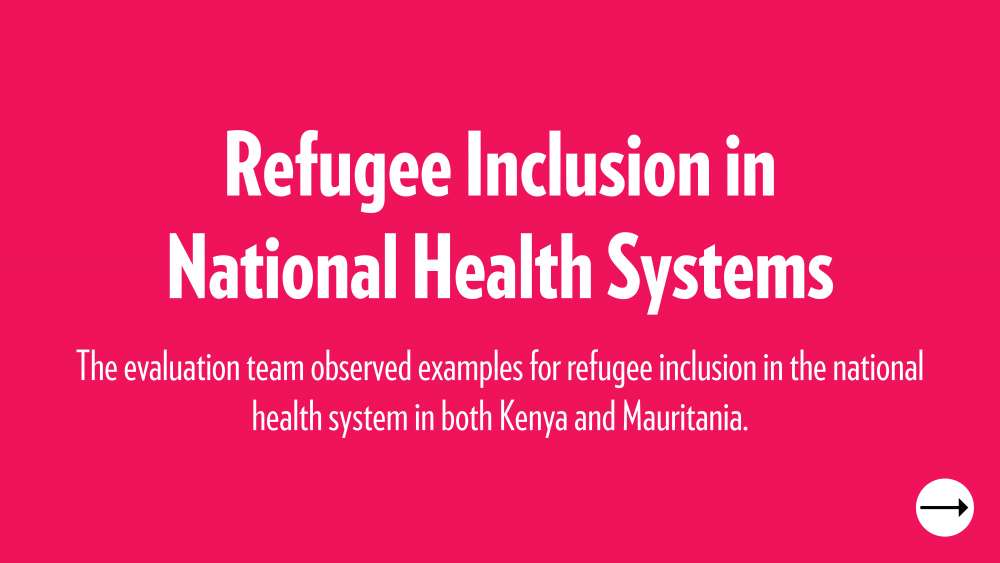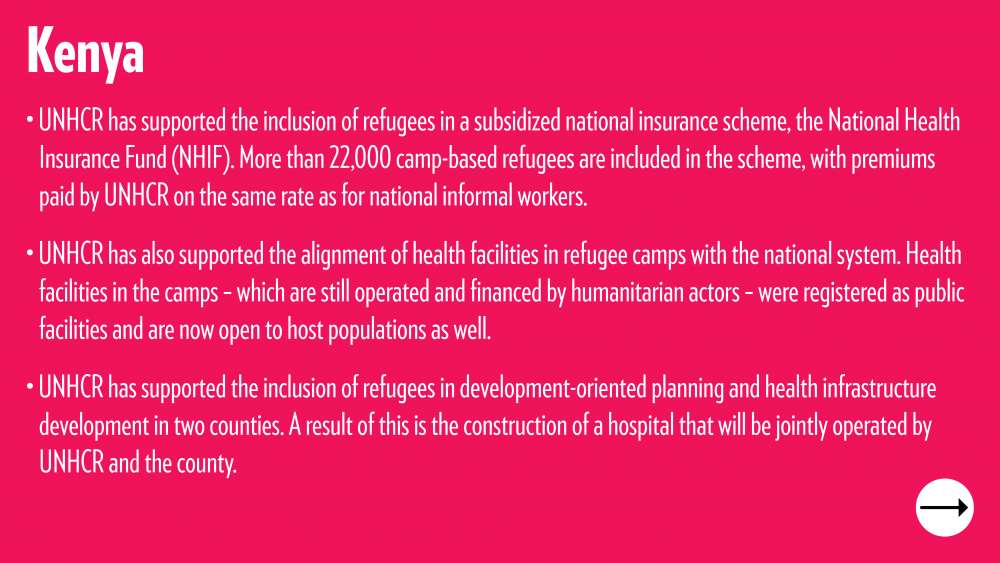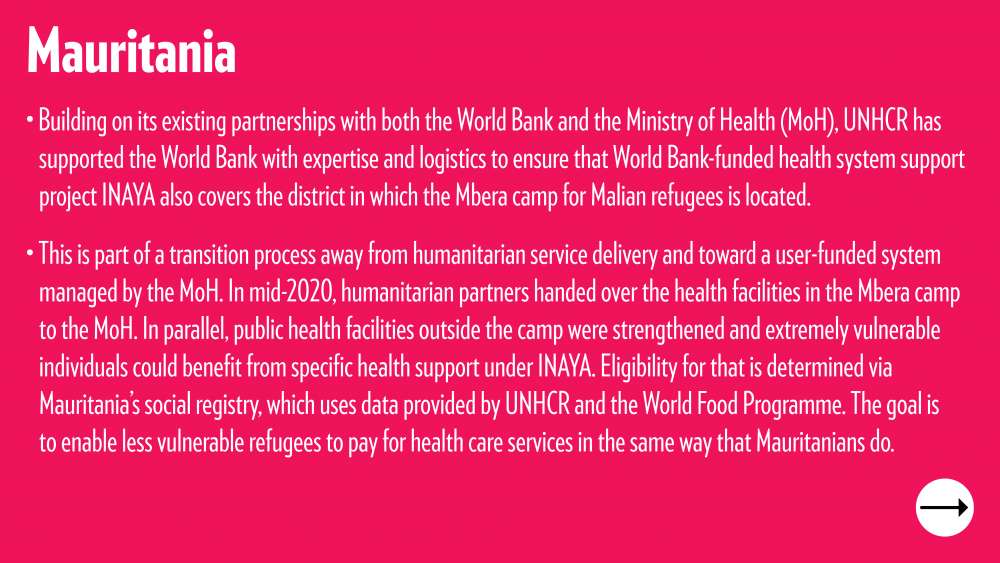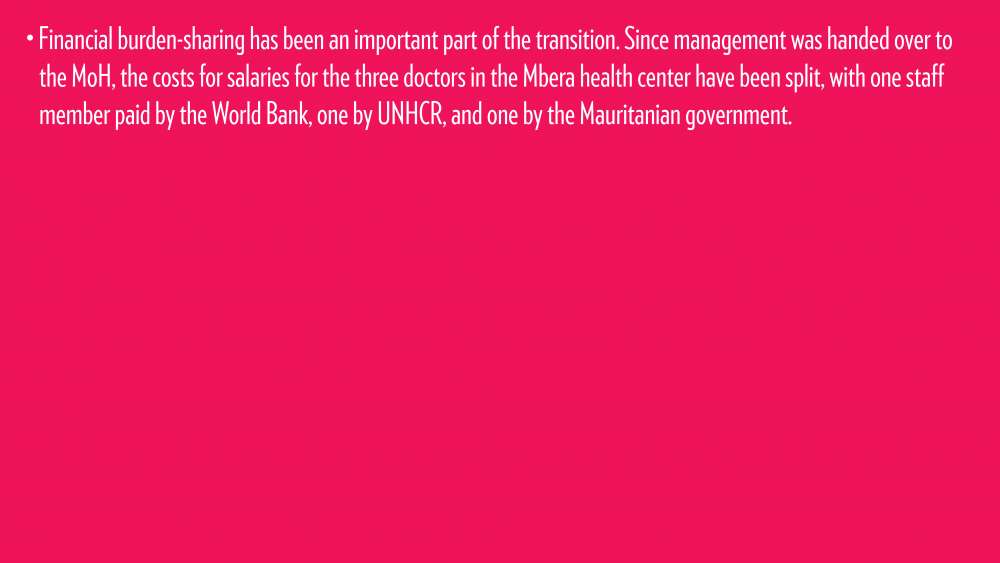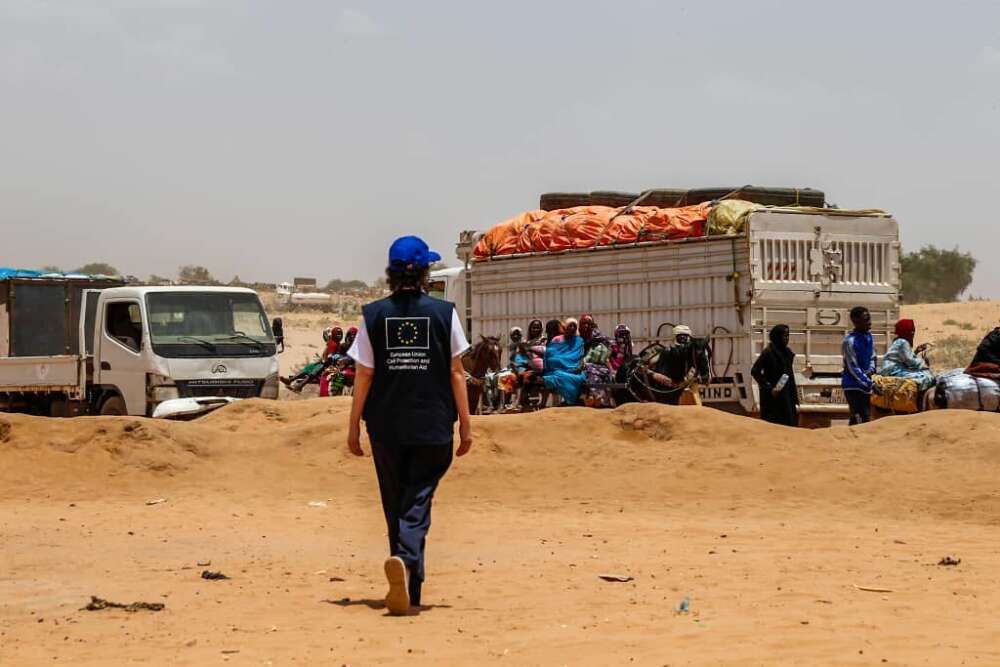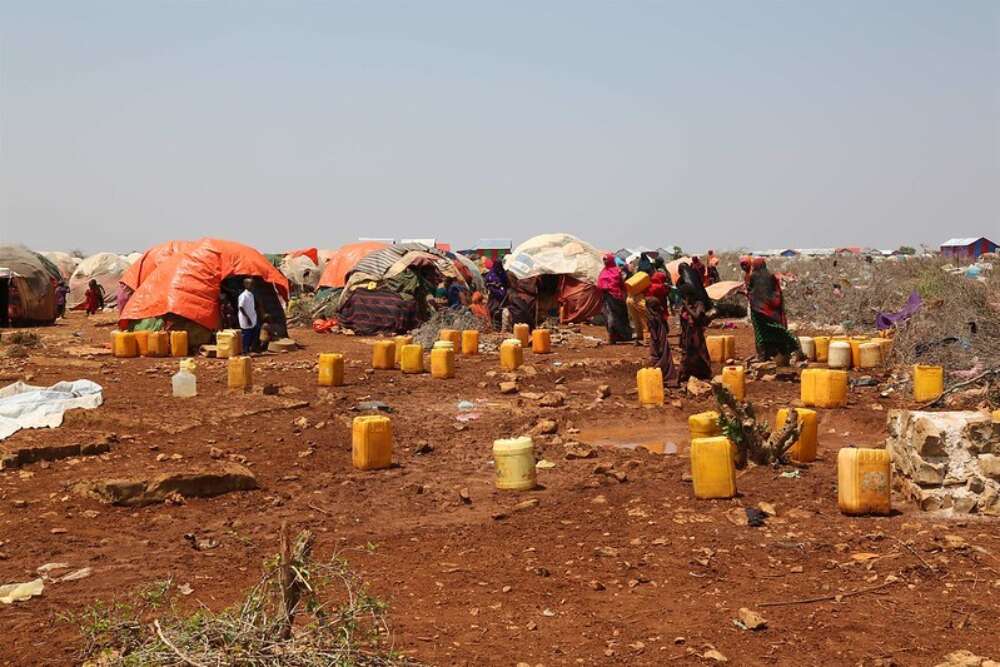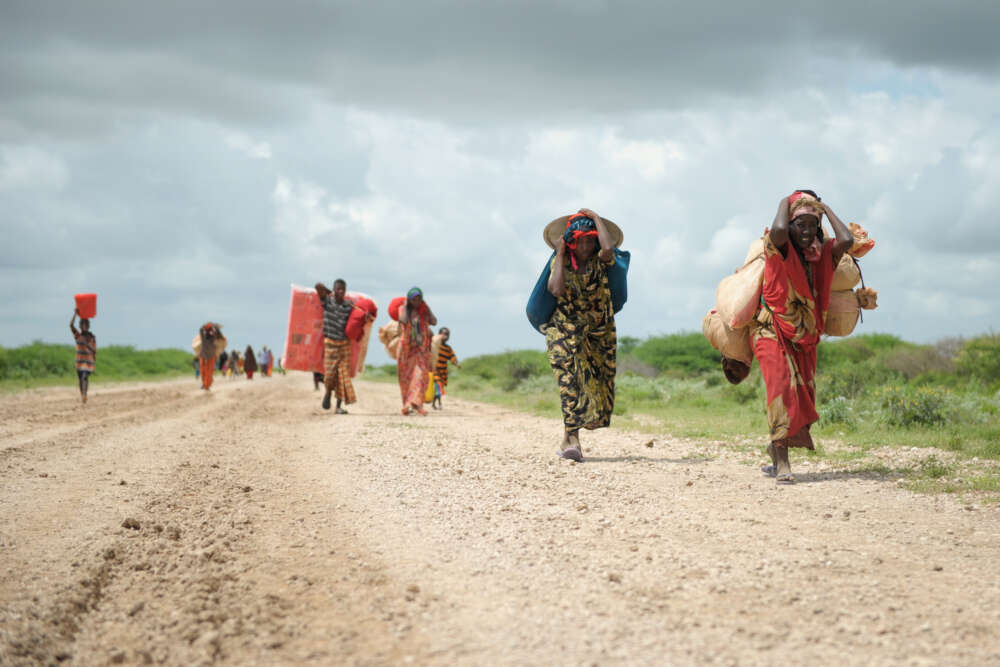The Nexus Agenda: How to Stay the Course
UNHCR’s Engagement in Humanitarian-Development Cooperation 2021 – 2022
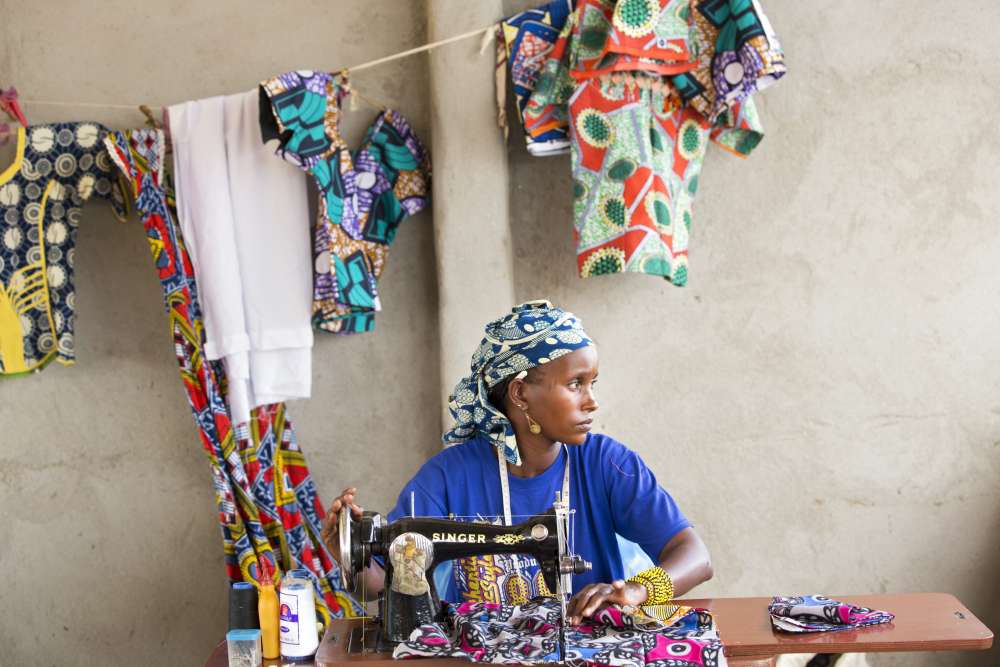
In this report, we present the findings of phase two in a multi-year evaluation of UNHCR’s engagement in humanitarian-development cooperation (also known as the Nexus approach). During this phase, which ran from 2021 through 2022, the evaluation team at GPPi and the International Security and Development Center (ISDC) tracked to what extent and how successfully UNHCR has followed up on the recommendations that came out of the first evaluation phase. Moreover, we generated new evidence on lessons learned, good practices, and the effects of humanitarian-development cooperation on affected people.
Data Sources
- Interviews with 135 UNHCR staff members working at headquarters, in regional offices, in-country in Kenya and Mauritania, as well as in other countries where UNHCR operates;
- Rigorous statistical analysis using UNHCR datasets covering refugees in Jordan as well as refugees, stateless persons and local residents in Kenya;
- Focus group discussions with refugees in Mauritania.
UNHCR has made substantial progress…
UNHCR operates in a challenging environment that is characterized by a host of competing priorities and growing financial pressure. Despite these strains, the organization’s commitment to humanitarian-development cooperation in general – and to the agenda of promoting the inclusion and self-reliance of displaced people in particular – has remained steadfast.
For one, this is reflected in key documents such as UNHCR’s recent Strategic Directions and new, expanded partnership agreements with different development actors. Secondly, UNHCR has made important progress in following up on many of the recommendations that stem from phase one of the evaluation (2018−2021), especially where they required the organization to strengthen its technical capacity or develop tools.
…but challenges remain.
UNHCR has, however, made less progress on a range of sticky points, meaning on recommendations that touch on issues that are often contentious and require more deep-seated change. Examples of this include the following:
- There is no consensus or agreed-upon definition on key concepts like ‘inclusion’, that is, efforts to ensure that refugees have access to local or national services and systems on par with national citizens of their host state. Why is this lack of consensus important? Because it means that UNHCR has, except on health and education, not yet taken a clear stance on how the organization intends to handle situations in which it may need to compromise on its service quality or coverage for the sake of refugees’ inclusion in host-country systems.
- How committed a given UNHCR country operation is to fostering cooperation with development actors remains dependent on the priorities of the respective country-level management. The degree of cooperation is thus high in some country contexts but much lower in others.
- UNHCR headquarters has decided that multi-year financial contributions from development actors should increase in the authorized budget of a UNHCR country operation (the so-called “operating level”) in the first year of a project. However, for subsequent years, the initial operating-level allocations for country operations already include these contributions, so they do not lead to further increases. Most country-level stakeholders consulted for the evaluation would prefer to treat multi-year development contributions continuously as “additional” – so that the resources remain clearly earmarked for the activities agreed upon with the respective development partner. This issue is central to them because, on the one hand, promoting refugee inclusion often demands higher upfront investments; on the other hand, the overall funding environment for UNHCR has been growing increasingly difficult and the organization still strives to maintain its ability to provide life-saving support.
- UNHCR’s investments in data gathering and data analysis are ongoing. However, the organization has not included any steps for addressing the constraints on data sharing with development partners in its management response to the 2018 – 2021 evaluation. Country-level stakeholders continue to emphasize the need for UNHCR to address its restrictions regarding sharing data, which currently requires lengthy processes for arriving at data-sharing agreements. Ongoing efforts to conclude a global data-sharing agreement with the World Bank are a promising step in the right direction.
- UNHCR has unparalleled experience in protection, that is, in working to safeguard the individual rights of the people it cares for. The organization has further developed its formal tools for delivering analyses to development actors on protection. At the same time, there has been little progress at the country level regarding UNHCR’s investments in providing less formal and more applied advice to development actors on how they can best address protection concerns in development program planning. However, steps in the right direction are visible: the Division of International Protection, for instance, has recently established a policy unit to help build capacity and address this issue.

Including Refugees in National Systems
Promoting refugee inclusion can involve a variety of activities. It can range from advocacy activities to efforts to harmonize humanitarian services with national or local services, and from supporting the inclusion of displaced people in development plans to fundraising support to cover the costs of including refugees or strengthening the capacities and quality standards of the respective national or local systems. As part of phase two of the evaluation, the evaluation team analyzed the organization’s experiences with efforts to promote refugee inclusion in Kenya and Mauritania. Based on this case-study research, we facilitated a broader exchange of lessons learned among staff members working to promote inclusion in education, social protection and health in different countries where UNHCR operates.
Effects of Including Refugees in National Systems
In Jordan, phase one of the evaluation had already demonstrated that enabling Syrian refugees to get work permits had significant positive effects – not only on their levels of income and expenditures but also on their vulnerability to harm and abuse. For example, holding a work permit also significantly decreased the prospects that individuals would accept risky, degrading, exploitative, or illegal jobs to be able to meet their basic needs, or that they would send their children to work. New data collected after the onset of the COVID-19 pandemic demonstrates that these effects remain robust even in the event of a profound external shock like the pandemic.
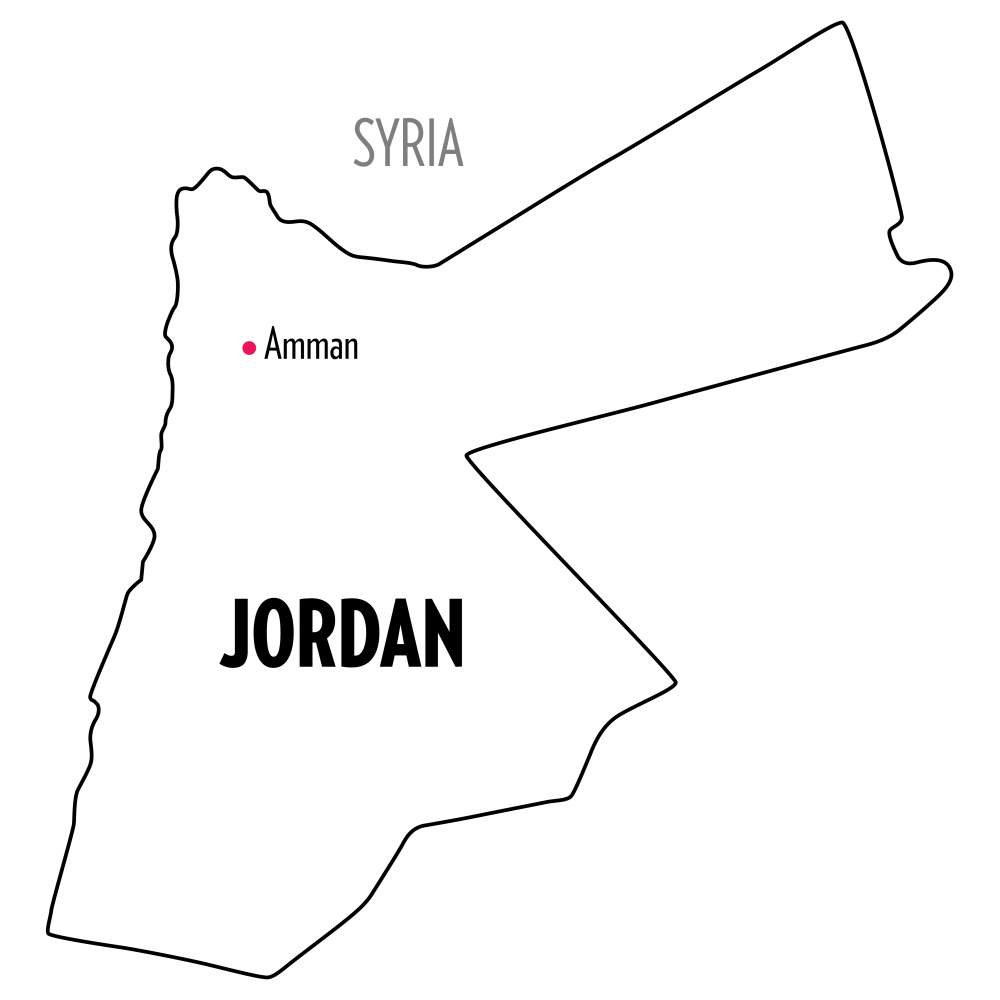
In Kenya, data collected among various groups of refugees demonstrates that it is not the camp or settlement type that determines how self-reliant refugees are. Rather, the strongest drivers of refugee self-reliance in this context are access to services (especially electricity, financial credit and communication) and resident status. Such enabling factors also positively affect refugees’ sense of well-being, as does the amount of aid they receive. The quantitative analysis also showed that gender matters: living in a female-headed household has a significant negative effect on refugees’ economic self-reliance – particularly on their chances of being employed.
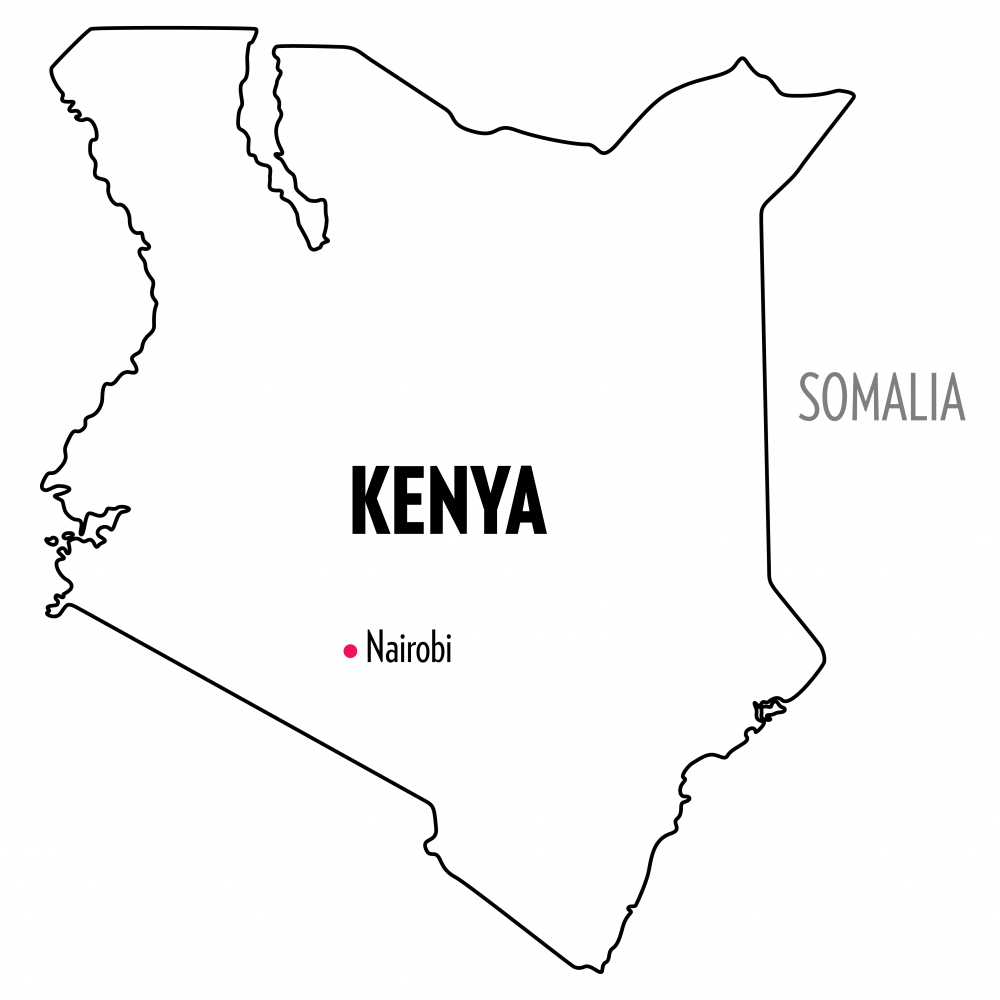
While the positive results of these quantitative studies are irrefutable, refugees consulted about other examples for their inclusion in national or local service systems often expressed a concern that they might lose access to humanitarian assistance and services and that services provided by the state might not be as high in quality. To date, UNHCR lacks a coherent position on how to handle such situations and the potential trade-offs that may arise from them.

Recommendations
The findings of this second phase of the evaluation confirm that UNHCR is on the right track with its efforts to engage systematically in cooperation with development actors. To stay the course as it enters the fifth year since the adoption of the Global Compact on Refugees, the organization should now urgently tackle the outstanding issues, which are in many cases the more contentious ones.
- First and foremost, UNHCR should urgently conclude the process of defining under what circumstances it will seek to mobilize financial resources from development actors for its own activities.
- Moreover, UNHCR should consider treating the total of multi-year contributions from development actors as additional to the internally authorized budgets allocated for its country operations (the “operating level”), so as to avoid exacerbating the misalignment between wants and cans.
- Equally important will be to remove the remaining obstacles that keep UNHCR staff members from focusing entirely and strategically on supporting the inclusion of refugees in national systems.
- However, doing so will require that the organization define what inclusion means and for UNHCR to clarify how it intends to handle situations that entail a trade-off between achieving refugee inclusion and asking them to compromise on service standards.
Download the full study here.
